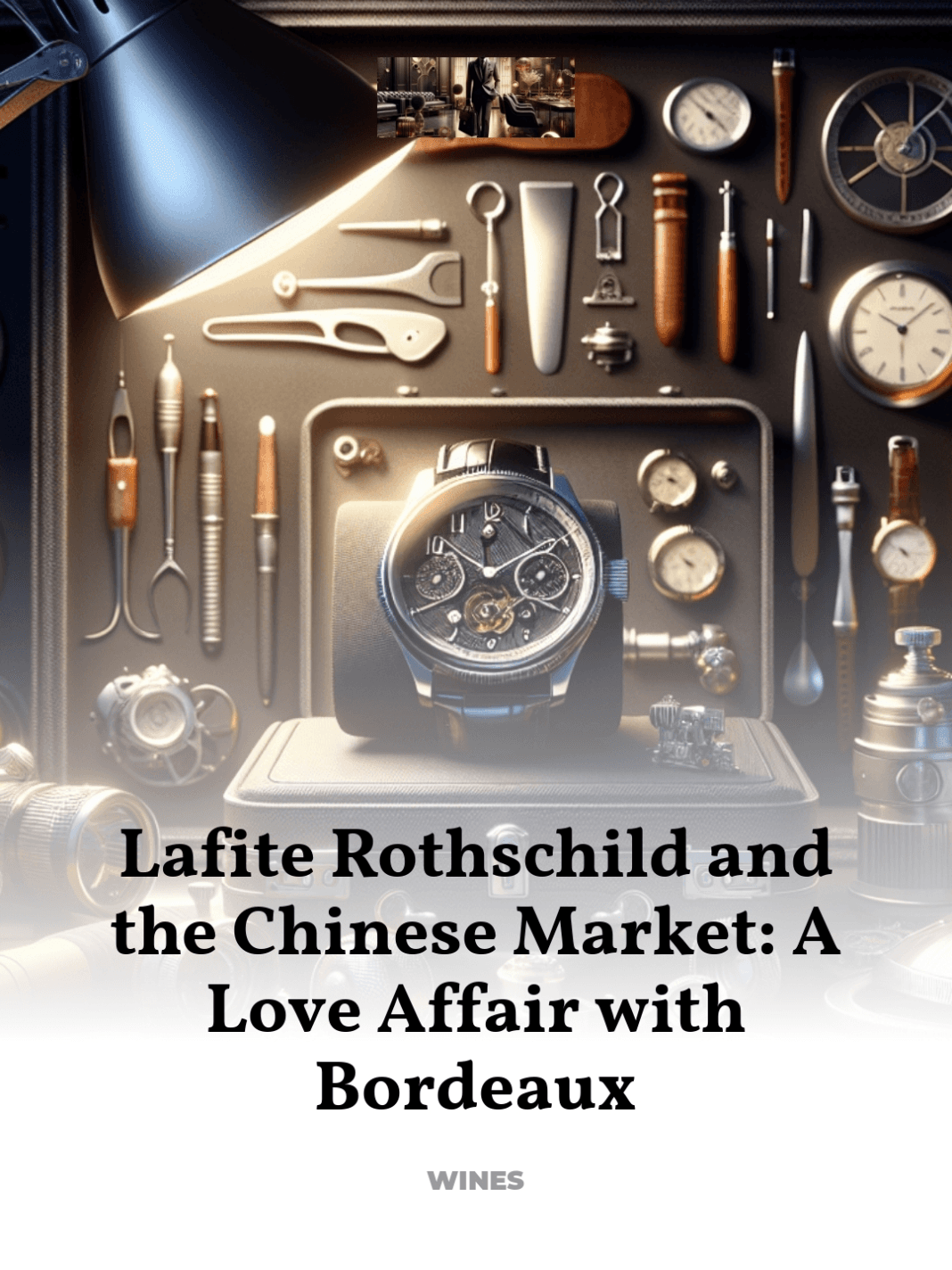Why this estate is the most sought-after Bordeaux in Asia
The allure of Château Lafite Rothschild, a beacon of winemaking excellence, resonates profoundly within the Chinese market. This storied estate, synonymous with opulence and refined taste, has not only captured the hearts of wine connoisseurs across Asia but has also become a symbol of status and cultural admiration.
- Historical Overview of Lafite Rothschild
- Cultural Connection: Lafite and China
- Market Dynamics and Consumer Preferences
- Symbolic Importance in Chinese Society
- Future Trends and Cultural Impact
Historical Overview of Lafite Rothschild
The legacy of Château Lafite Rothschild, nestled in the Pauillac region of Bordeaux, France, dates back to the 17th century. Known for its exceptional terroir and centuries-old dedication to quality, Lafite has become a cornerstone of fine winemaking. The estate’s philosophy centers on harmony between tradition and innovation, ensuring each vintage reflects the unique characteristics of its terroir.
- Establishment and Royal Patronage: The château was favored by King Louis XV, becoming known as the “King’s Wine.”
- Global Recognition: By the 19th century, Lafite Rothschild was celebrated at international exhibitions, solidifying its reputation as a wine of high prestige.
- Innovation in Viticulture: Lafite has been at the forefront of viticultural science, enhancing both the sustainability and quality of its vineyards.
Cultural Connection: Lafite and China
The fascination with Lafite Rothschild within China extends beyond the wine’s flavor profile to encompass a deep cultural resonance. The Chinese admiration for Bordeaux, particularly Lafite, is intertwined with broader themes of heritage and luxury. For many Chinese consumers, owning a bottle of Lafite is not merely a culinary choice but a participation in a wider cultural and historical narrative.
- Introduction to the Chinese Market: Lafite made its formal entry into China in the late 20th century, quickly becoming a symbol of sophistication.
- Cultural Resonance: The Chinese character for Lafite, which sounds similar to ‘laughing and happiness,’ has endeared it to many, associating the wine with joy and good fortune.
- Educational Initiatives: Lafite has invested in wine education in China, fostering a deeper understanding and appreciation of Bordeaux wines.
Market Dynamics and Consumer Preferences
The Chinese market’s preference for Lafite Rothschild can be attributed to several factors, including its perceived rarity and the prestige associated with the Lafite brand. Market dynamics show a robust demand for Lafite, often seen as the pinnacle of wine collecting in China.
- Brand Perception: Lafite is often perceived as the ultimate status symbol, frequently gifted and collected by the elite.
- Consumer Behavior: There is a strong preference for established brands with a long history and provenance, which Lafite embodies.
- Limited Editions and Special Releases: Exclusive vintages and special bottlings of Lafite are highly sought after in the Chinese market.
Symbolic Importance in Chinese Society
In China, Lafite Rothschild transcends its role as just a wine to become a part of social fabric and etiquette. It is often used in business negotiations, as gifts in diplomatic contexts, and as a treasured component of family and celebratory gatherings, reflecting its deep integration into the Chinese way of life.
- Gift-Giving Culture: In China, gifts of Lafite are considered gestures of respect and honor.
- Collectible Asset: Beyond consumption, Lafite is often kept as a collectible, symbolizing wealth accumulation and heritage.
- Social Status: Serving Lafite at events is seen as a mark of prestige and good taste.
Future Trends and Cultural Impact
Looking forward, the relationship between Lafite Rothschild and the Chinese market is poised to evolve in fascinating ways. As the Chinese consumer becomes more sophisticated and diverse in their tastes, Lafite’s strategy may include broader educational programs and deeper cultural engagements to reinforce its esteemed position.
- Sustainability Focus: Future trends may emphasize organic and biodynamic practices, appealing to environmentally conscious consumers.
- Cultural Partnerships: Lafite could expand its involvement in cultural events and sponsorships, deepening its ties with Chinese heritage and arts.
- Technological Integration: Innovations in blockchain and authenticity tracking could enhance trust and transparency for consumers.
For further reading on the historical significance and cultural impact of Château Lafite Rothschild, explore authoritative sources such as the official Château Lafite Rothschild website.
In conclusion, the love affair between Lafite Rothschild and the Chinese market is a testament to the enduring allure of Bordeaux wines in Asia. This relationship, rooted in cultural respect and mutual appreciation, highlights the profound impact of heritage and craftsmanship in the world of luxury collectibles.



